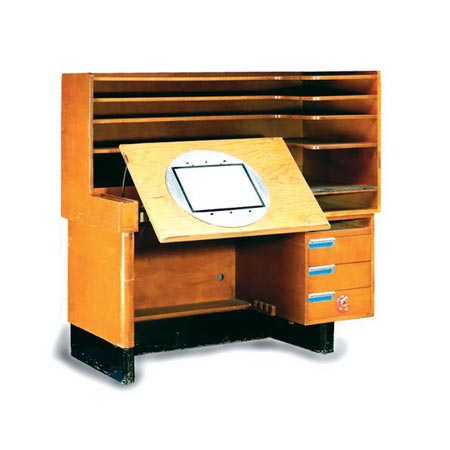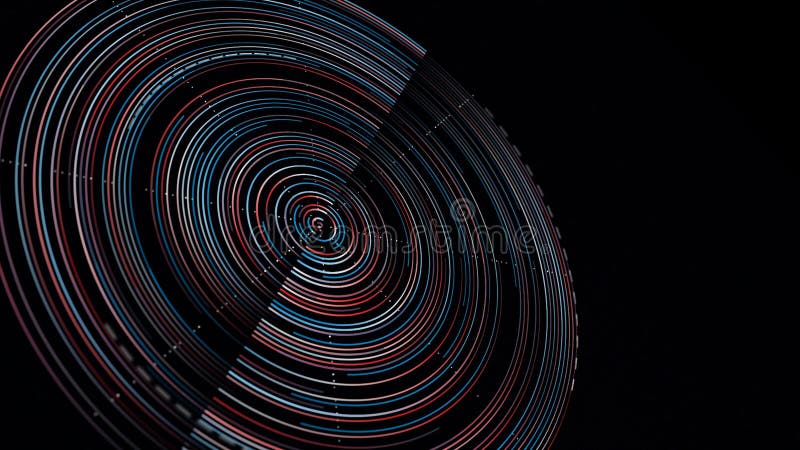

About 1817, an English scientist, Sir John Herschel, bet a friend that he could show the head and tail of a shilling at the same time. That research, which would lead to the invention and development of movies, began almost two centuries ago. But since research on the phenomenon began in the early 19th century, we have come closer to comprehending the delicate interplay between the brain, the eyes and a rapidly changing sequence of still pictures. Scientists don't fully understand how movies work because our visual system is so elaborate and the ways in which we process cinematic images are too complex. As it happens, during more than half of the time that we're watching the movie, the screen is black, and the theater is dark.
OLD ROTATING DISK ANIMATION DESK MOVIE
So, why don't we notice this when we're watching? How can a succession of still pictures create the appearance of movement? Remarkably, one key to achieving the effect is to darken the screen for a brief but essential period of time between each pair of still images, or movie frames. Nothing moves on the screen all of the motion is in our heads. rex terrorized suburbia.Īmid such unearthly action, it is easy to forget that, despite their name, motion pictures actually are a series of still pictures.

And, in "The Lost World," velociraptors jumped through the grass, and T. In "Men in Black," Will Smith battled an oversized alien roach. In "Contact," extraterrestrials communicated with Jodie Foster. This summer, many of us sat in darkened theaters and stared at screens that showed mesmerizing events of other worlds.


 0 kommentar(er)
0 kommentar(er)
